Reactive vs. Sustainable Change in Work Culture
- Angela Novelli
- Jan 5, 2023
- 3 min read
Updated: Jan 31, 2024

Businesses are faced with many challenges and reasons to make decisions day by day. It is up to company leaders to decide the best ways to respond to these situations, whether it be tackling them as they come or preparing ways to prevent them from happening in the first place. This is what would be known as utilizing reactive changes or sustainable changes in the workplace.
Sometimes it can be tough for leaders to make the decision to attempt to prepare and create strategies that can be maintained and adapted in their organizations. Is one way of change better than the other, or does it depend on the business or challenge at hand?
Reactive Change
When we refer to reactive changes, we are talking about an immediate response to a situation or problem. In workplace culture, issues may arise regarding employees, customers, or even general company values and practices. If someone in a business, whether employee or manager, waits until a problem presents itself before taking action, this is reactive behavior. For certain situations, this appears to be a positive response. Being able to think quickly and present immediate solutions are excellent qualities to have, especially in the workplace. Reactive behavior is also a great way to build creativity due to the need for quick and innovative answers to problems. However, this might not always be the best way to facilitate changes in a company’s culture. These reactive changes may only provide temporary solutions, but spark the creation of more sustainable ones.
Sustainable Change
While reactive changes are created in response to a problem, sustainable, or proactive, changes are made to prevent these issues from arising. Some of these changes might have been inspired by reactive changes due to situations that hadn’t been planned for previously. Developing sustainable changes in the workplace requires careful consideration of possible challenges that could emerge and the best ways to solve them before they occur.
Many businesses choose sustainable solutions when it comes to data privacy and protection due to the possibility of large loss from cyber attacks. Situations like these show the many benefits of sustainable change compared to reactive change. Advancing and improving business practices and strategies before challenges come about to create major issues is a very important and smart path to choose in many instances.
Long-Term Trends
Now that we have discussed the differences and benefits of reactive and sustainable change in workplace culture, we will look at which is the better option when it comes to long-term business trends that can have major impacts on a company. One of the most important topics that is presenting challenges to businesses around the world is diversity equity and inclusion (DEI). Many job seekers check to see if a company values diversity, equity, and inclusion before they will consider applying. Due to this knowledge, businesses are looking to diversity leaders to enact immediate responses that display quick and excellent results. This strategy may work in the short-term, but not as a viable strategy that shows the value of diversity at a business’ core.
This also ties in to the Great Resignation that has affected many businesses recently. Employees are expecting change in regards to their value as a worker in a business, and it is up to leaders to facilitate change at the heart of their companies. Sustainable change is the type that has to be utilized to tackle these long-term trends to retain employees and keep organizations afloat.
Challenges occur for every business or organization, large or small, whether they are expected or not. Some of these challenges grow into trends that affect businesses everywhere, and require sustainable solutions in order to be solved and maintained. Reactive changes have worked for many short-term issues in the workplace, and help build critical thinking skills and creativity. Both types of change in work culture have pros and cons and depend on the circumstances present. Whether reactive or sustainable, it is up to leaders and employees to choose the best solutions that change their businesses for the better.
Sources:





Comments